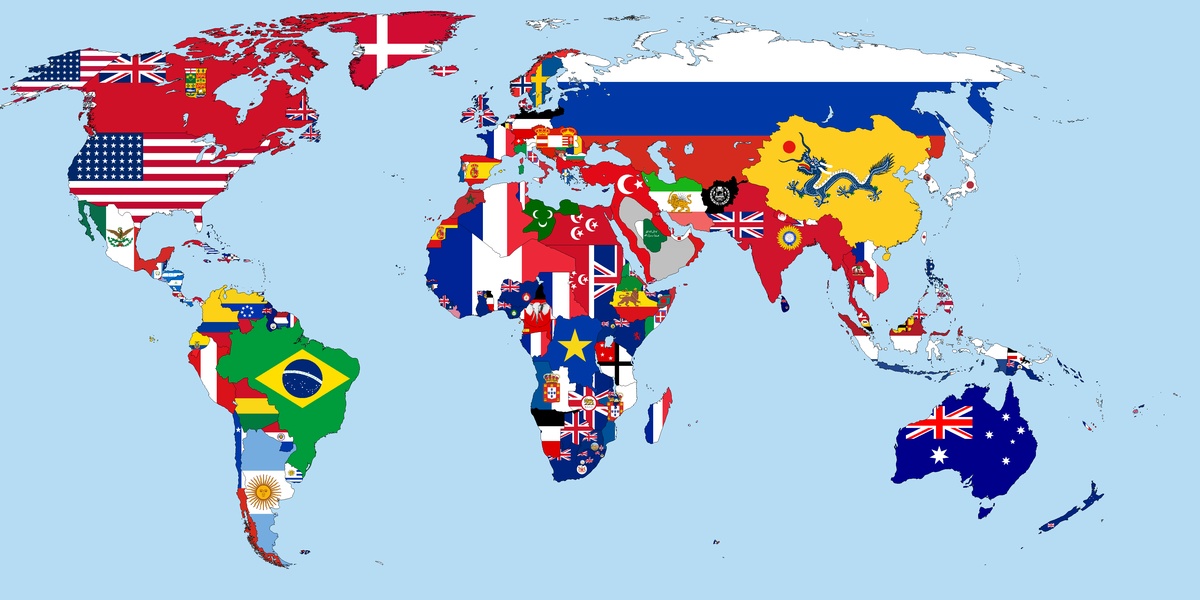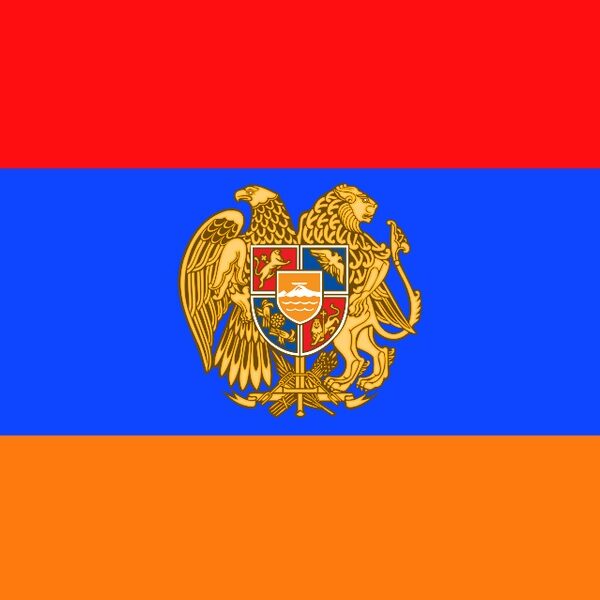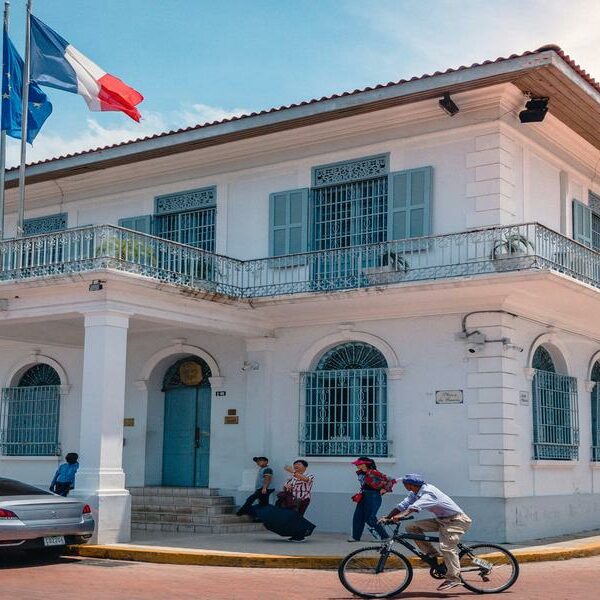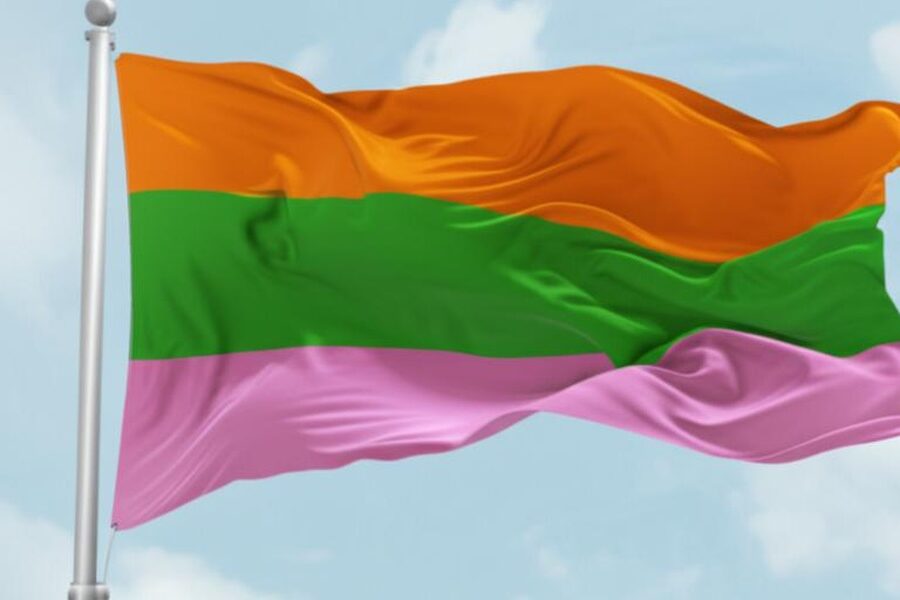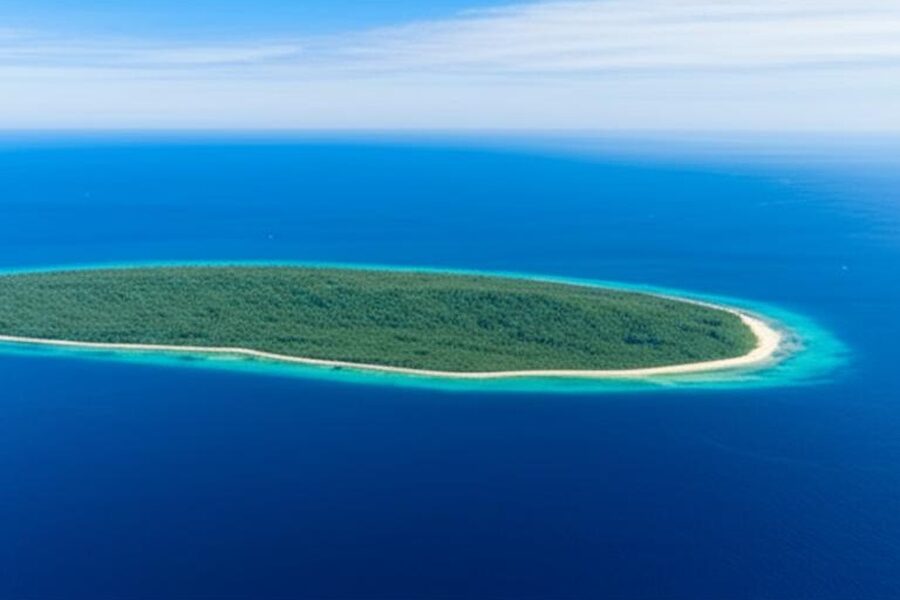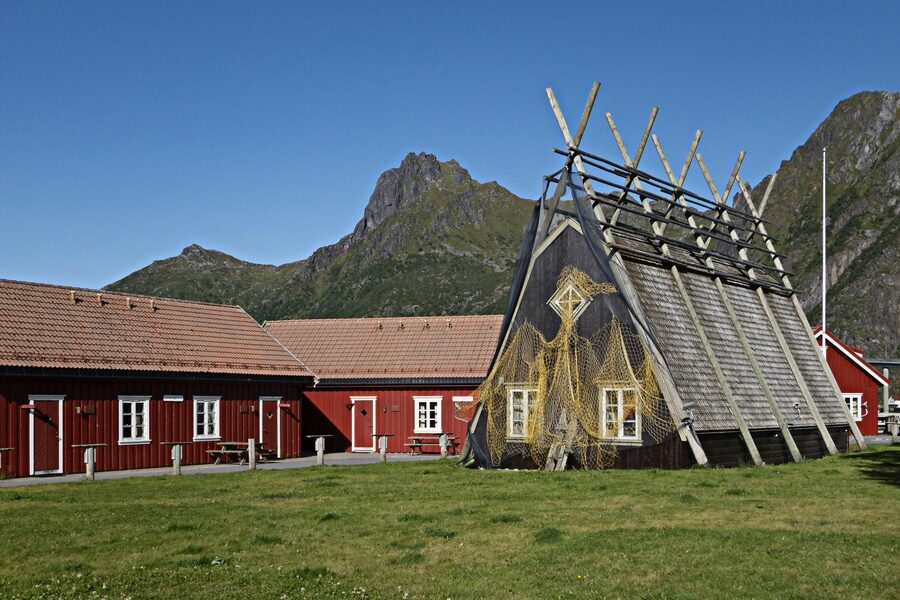Eighteen countries around the world officially recognize two or more languages at the national level, showcasing some of the greatest examples of linguistic diversity. Among these, Bolivia stands out with an astounding 37 official languages, reflecting its rich indigenous heritage, while Zimbabwe recognizes 16 languages to represent its many ethnic communities. This list highlights how countries use multiple official languages to preserve culture, promote unity, and respect the identities of different groups. Each country’s official language count, population, and linguistic choices reveal unique stories about their history and society.
Explore the complete list below to see which countries make the cut and discover the languages that shape their national identity.
What defines an official language in these countries?
An official language is a language given special legal status in a country’s constitution or laws. It is often used in government, education, courts, and official documents. Countries may have multiple official languages to represent different ethnic groups, regions, or historic communities. Some languages are widely spoken, while others preserve ancient cultures and traditions. This official status means the language is recognized for public use and government functions, ensuring equal rights for speakers.
Why do some countries have so many official languages?
Countries with several official languages often have diverse populations with many ethnic or indigenous groups speaking different tongues. Officially recognizing multiple languages supports cultural preservation, equality, and communication across diverse communities. For example, Bolivia’s 37 languages reflect its many indigenous peoples, while South Africa’s 11 official languages represent its “Rainbow Nation” policy to foster harmony. Large multilingual countries use official language policies to unite citizens without erasing their unique identities.
Countries with Most Official Languages
| Country | Official Language Count | Official Languages | 🇳 Flag | Population (M) |
|---|---|---|---|---|
| Bolivia | 37 | Spanish, Aymara, Araona, Baure, Bésiro, Canichana, Cavineño, Cayubaba, Chácobo, Chimán, Ese Ejja, Guaraní, Guarasu’we, Guarayu, Itonama, Leco, Machajuyai-Kallawaya, Machineri, Maropa, Mojeño-Trinitario, Mojeño-Ignaciano, Moré, Mosetén, Movima, Pacawara, Puquina, Quechua, Sirionó, Tacana, Tapieté, Toromona, Uru-Chipaya, Weenhayek, Yaminawa, Yuki, Yuracaré, Zamuco | 🇧🇴 | 12.39 |
| Zimbabwe | 16 | Chewa, Chibarwe, English, Kalanga, Koisan, Nambya, Ndau, Ndebele, Shangani, Shona, Sotho, Tonga, Tswana, Venda, Xhosa, Zimbabwe Sign Language | 🇿🇼 | 16.67 |
| South Africa | 11 | Afrikaans, English, Ndebele, Northern Sotho, Sotho, Swazi, Tswana, Tsonga, Venda, Xhosa, Zulu | 🇿🇦 | 60.14 |
| Singapore | 4 | English, Malay, Mandarin Chinese, Tamil | 🇸🇬 | 5.92 |
| Switzerland | 4 | German, French, Italian, Romansh | 🇨🇭 | 8.78 |
| Papua New Guinea | 4 | English, Tok Pisin, Hiri Motu, Papua New Guinean Sign Language | 🇵🇬 | 10.33 |
| Belgium | 3 | Dutch, French, German | 🇧🇪 | 11.69 |
| New Zealand | 3 | English, Māori, New Zealand Sign Language | 🇳🇿 | 5.22 |
| Peru | 3 | Spanish, Quechua, Aymara | 🇵🇪 | 34.35 |
| Vanuatu | 3 | Bislama, English, French | 🇻🇺 | 0.33 |
| India | 2 | Hindi, English | 🇮🇳 | 1,428.63 |
| Philippines | 2 | Filipino, English | 🇵🇭 | 117.33 |
| Canada | 2 | English, French | 🇨🇦 | 38.78 |
| Paraguay | 2 | Spanish, Guaraní | 🇵🇾 | 6.86 |
| Ireland | 2 | Irish, English | 🇮🇪 | 5.15 |
| Finland | 2 | Finnish, Swedish | 🇫🇮 | 5.54 |
| Kenya | 2 | Swahili, English | 🇰🇪 | 54.03 |
| Belarus | 2 | Belarusian, Russian | 🇧🇾 | 9.49 |
Images and Details
Bolivia
Holding a world record, Bolivia’s constitution recognizes Spanish and 36 indigenous languages, reflecting its deep indigenous heritage. This makes it a unique global case for linguistic preservation and recognition at a national level, celebrating the country’s immense cultural diversity.
Zimbabwe
Zimbabwe officially recognizes 16 languages, including English, Shona, and Ndebele, to promote equality and cultural heritage. This constitutionally enshrined linguistic diversity aims to give a voice to its various ethnic groups and preserve their unique traditions for future generations.
South Africa
Famously known as the “Rainbow Nation,” South Africa has 11 official languages to represent its diverse population. This post-apartheid policy grants equal status to languages like Zulu, Xhosa, and Afrikaans, reflecting the country’s commitment to multiculturalism.
Singapore
Singapore’s four official languages reflect its multicultural makeup of Chinese, Malay, and Indian ethnic groups. English serves as the main language of business and administration, fostering unity and connecting the nation’s diverse communities in this global hub.
Switzerland
Switzerland’s four national languages are a cornerstone of its federal identity, reflecting its major linguistic regions. This multilingualism is central to Swiss culture and politics, ensuring all major cultural groups are represented at the national level in this famously neutral country.
Papua New Guinea
While home to over 800 languages, Papua New Guinea has four official ones to bridge communication gaps. Tok Pisin, a creole language, is the most widely spoken, serving as a vital lingua franca in one of the world’s most linguistically diverse nations.
Belgium
Belgium’s three official languages correspond to its distinct political and cultural regions: Flanders (Dutch), Wallonia (French), and a small German-speaking community. This linguistic divide is a defining feature of the country’s politics and national identity.
New Zealand
New Zealand recognizes English, the indigenous Māori language, and New Zealand Sign Language. The inclusion of Māori and NZSL highlights the country’s commitment to protecting its native heritage and ensuring accessibility for the deaf community, reflecting modern bicultural values.
Peru
Besides Spanish, Peru gives official status to Quechua and Aymara in regions where they are predominant. This acknowledges the large indigenous populations and the enduring legacy of the Inca Empire, making these ancient languages a vital part of Peru’s cultural fabric.
Vanuatu
With the highest density of languages per capita in the world, Vanuatu uses Bislama, English, and French as its official tongues. Bislama, a creole language, acts as the national lingua franca, uniting the archipelago’s incredibly diverse linguistic communities.
India
India designates Hindi and English as official languages for the central government, with 22 other scheduled languages recognized regionally. English acts as a crucial link language in a nation with hundreds of languages, reflecting its colonial past and modern global ambitions.
Philippines
The Philippines has two official languages: Filipino, based on Tagalog, and English. This dual-language policy reflects its unique history, blending indigenous roots with a significant period of American influence, making English widely used in education and commerce.
Canada
Canada’s official bilingualism in English and French is fundamental to its national identity, stemming from its colonial history. This policy ensures access to federal services in both languages nationwide, reflecting the country’s commitment to its two founding European cultures.
Paraguay
Paraguay is uniquely bilingual, with both Spanish and the indigenous language Guaraní holding official status and spoken by most of the population. This reflects a rare fusion of European and indigenous cultures, making Guaraní a proud symbol of national identity.
Ireland
Ireland’s first official language is Irish (Gaelic), with English as the second. While English is spoken by nearly everyone, the official status of Irish reflects a strong national commitment to preserving the country’s ancient Celtic heritage and cultural identity.
Finland
Finland is officially bilingual in Finnish and Swedish, reflecting a long history under Swedish influence. While Swedish-speakers are a minority, the language’s official status guarantees rights and services, showcasing a commitment to protecting its historical linguistic minority.
Kenya
Kenya’s two official languages, Swahili and English, unite a nation with over 60 distinct ethnic groups. Swahili serves as a neutral lingua franca for inter-ethnic communication and national identity, while English is used in business, education, and government.
Belarus
Belarus is officially bilingual with Belarusian and Russian. While Belarusian is historically the national language, Russian is more widely spoken due to the country’s long history with Russia and the Soviet Union, creating a complex linguistic and cultural environment.

